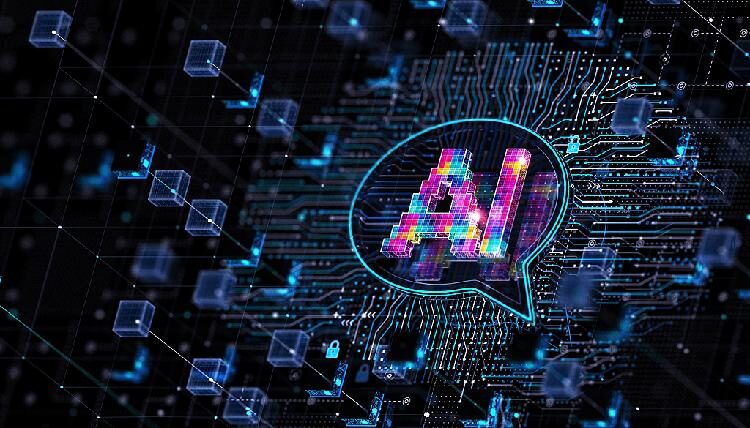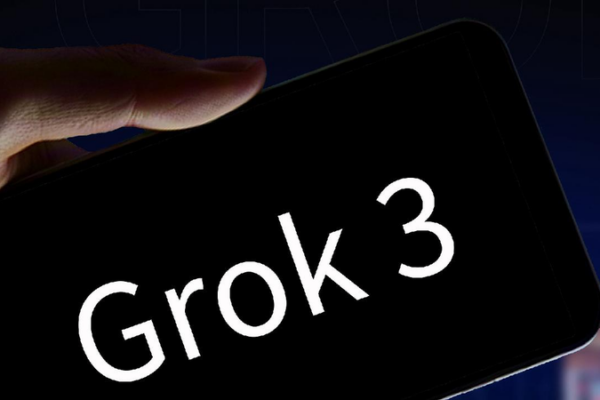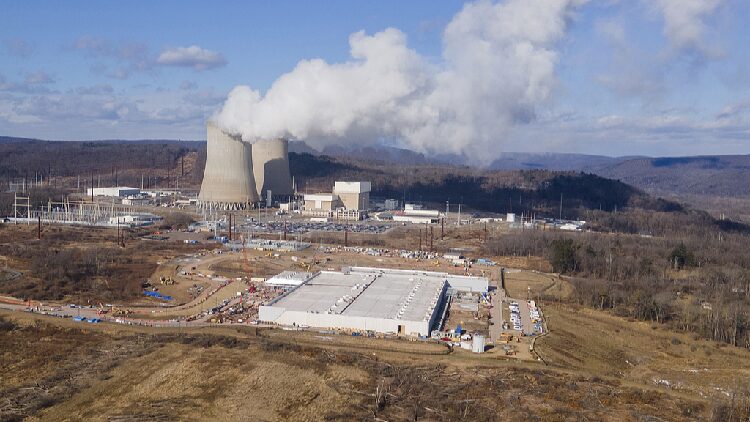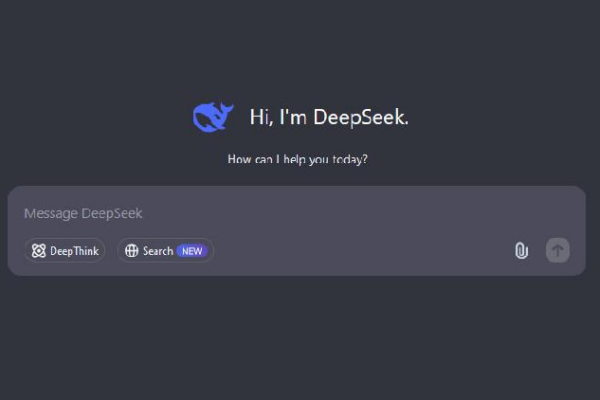Amazon Web Services (AWS) has unveiled a new tool aimed at tackling one of the biggest challenges in artificial intelligence: AI hallucinations. The service, called Automated Reasoning, is designed to verify the accuracy of AI models by cross-referencing their responses with customer-provided information.
AI hallucinations occur when an AI model produces unreliable or incorrect outputs, often due to misunderstanding or misinterpreting data patterns. AWS’s tool seeks to address this by creating a “ground truth” from the information supplied by users. This allows the AI to check its responses against verified data, reducing the likelihood of errors.
Available through AWS’s Bedrock model hosting service, Automated Reasoning works by generating rules based on the uploaded information. As the AI model produces responses, the tool verifies them in real-time. If a potential hallucination is detected, it provides the correct answer from the ground truth alongside the questionable response, highlighting any discrepancies.
“With the launch of these new capabilities, we are innovating on behalf of customers to solve some of the top challenges that the entire industry is facing when moving generative AI applications to production,” said Swami Sivasubramanian, VP of AI and data at AWS.
Global professional services firm PwC is already utilizing Automated Reasoning to develop AI assistants for its clients, showcasing the tool’s potential in real-world applications.
While AWS asserts that Automated Reasoning uses “logically accurate” and “verifiable reasoning” to ensure reliability, some reports indicate that the company has yet to provide concrete data on its effectiveness.
AI hallucinations stem from the way AI models, especially large language models, predict responses based on patterns in data they’ve been trained on. They don’t truly understand content; instead, they generate what they calculate to be the most probable next word or phrase, which can sometimes lead to inaccuracies.
Other tech giants are also working on solutions to this problem. Microsoft introduced a feature called Correction, which flags potentially incorrect AI-generated text, while Google offers grounding tools in its Vertex AI platform to anchor models using reliable data sources.
Reference(s):
cgtn.com








